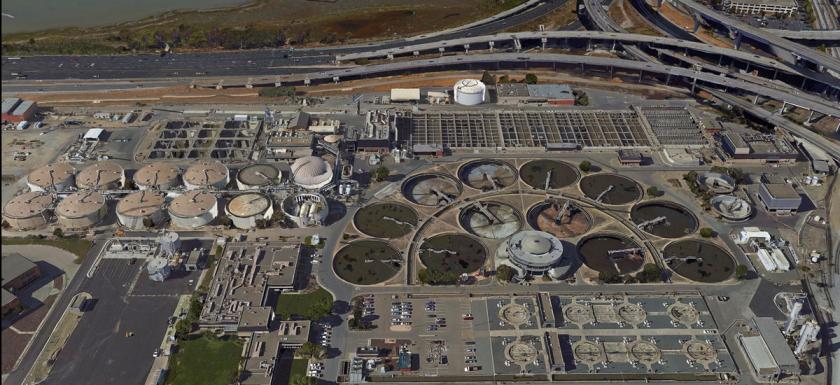On Wednesday (May 13), the California Energy Commission approved a $3M grant for University of California, Riverside engineers to work with three water districts in Southern California to reduce their need for electricity when transporting and treating water.
In California, as much as 19 percent of the state’s electricity consumption is for pumping, treating, collecting and discharging water and wastewater. Researchers at UC Riverside’s Bourns College of Engineering Center for Environmental Research and Technology (CE-CERT) believe they can cut electricity use 10 percent by deploying customized smart systems and controls at the water agencies.
“Cutting electricity use for water agencies, even by a small percentage, could save millions of dollars, and could reduce future rate increases for consumers,” said Sadrul Ula, managing director of the Winston Chung Global Energy Center at CE-CERT and principal investigator on the project.
The UC Riverside engineers will work with Inland Empire Utilities Agency, which is based in Chino; Cucamonga Valley Water District, which is based in Rancho Cucamonga; and the Olivenhain Municipal Water District, which is based in Encinitas. Those agencies will contribute an additional $1.7M to the project.

The $3M awarded to UC Riverside is part of more than $16M in grants approved by the California Energy Commission to demonstrate water and energy saving technologies that promise to make the water, industrial, and agricultural sectors more efficient.
“In response to the drought and the governor’s executive order, the Energy Commission today has invested in water-saving innovative technologies,” said California Energy Commission Chair Robert B. Weisenmiller in a press release issued by the commission. “These projects will increase energy efficiency at water-related facilities and enable the use of recycled water to provide better management in sectors that are typically large water users.”
The Energy Commission approved five Electric Program Investment Charge (EPIC) grants which lay a foundation for the Water Energy Technology (WET) program—one of the four Energy Commission responsibilities in Governor Edmund G. Brown Jr.’s April 1 drought-related executive order.
Over the past 100 years, water and wastewater systems in California have developed without much coordination. Most of the systems have dated equipment provided by different vendors at different times for individual projects.
Upgrades and modernization efforts face the challenges of integrating equipment of various ages along with the difficulty communicating among different vendors’ protocols. Water district personnel are also often reluctant to adopt new technology because they fear loss of reliable service for their customers. As a result, their systems are often inefficient.
UC Riverside engineers will demonstrate and deploy energy management and data acquisition and supervisory control strategies that can improve efficiency and reduction of both peak loads and electricity costs in the delivery and treatment of water.
They will do this by updating and integrating supervisory control and data acquisition (SCADA) systems and energy management systems (EMS) with electric utilities time-of-use rate structures creating the potential to reduce electricity needs at peak times and lower electric bills.
During the past three years, UC Riverside researchers have developed software and control algorithms customized for site-specific SCADA and EMS applications and integrated them with components made by Opto 22, a company based in Temecula. UC Riverside engineering have implemented the devices at administrative building at CE-CERT since Dec. 2013 and seen five to six percent declines in electricity use.
“We have clearly shown these controls work in an office building environment,” Ula said. “Now, we are taking the next step by applying them at these water agencies.”
The other co-principal investigators from UC Riverside are: Matthew Barth, a professor of electrical engineering and director of CE-CERT; Alfredo Martinez-Morales, managing director of the Southern California Research Initiative for Solar Energy at CE-CERT; Nanpeng (Eric) Yu and Qi Zhu, both assistant professors of electrical engineering.
Truong Duy
